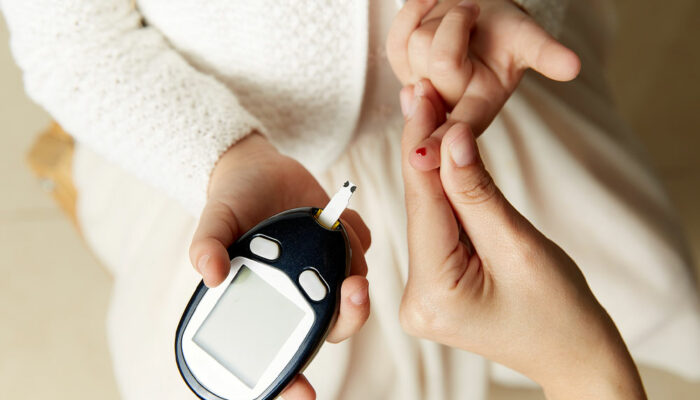Cleaning Mistakes to Avoid and Other Tips

Some people love cleaning while others loathe it. But the fact remains that everyone has to clean their homes now and then. A few prefer to hire people to clean and search for trustworthy cleaning services. However, those who do it themselves quickly learn what mistakes to avoid and which products to use for their home. Here is an all-you-need-to-know guide to getting a clean house and the top mistakes to avoid.
Top 5 cleaning mistakes to avoid
There are several mistakes that you can make even if you clean the house yourself on a regular basis. Some of these are possibly carelessness, while others might be due to disorganization. So whether you clean yourself or outsource your cleaning, there are some mistakes you should avoid.
Using dirty tools
Imagine rubbing a clean surface with a dirty cloth. That is often what happens when you go into cleaning unprepared. It is ideal to wash your cleaning tools – cleaning cloths, scrubs, mop heads, and brushes and disinfect them before use. Always change the filter and empty the vacuum when it becomes full. This ensures optimal performance and also sees to it your cleaning is not ineffective.
Using too many cleaning products
Using excess cleaning products can lead to the furniture or spot being cleaned become greasy. It is the same as dirtying the place you set out to clean. The excess product in the microfibers of your cleaning tools will make you spend more time and energy cleaning the overspray on windows, doors, and countertops. Remember that adding a cleaning solution is more manageable than cleaning up the excess.
Dry cleaning
Most people try to avoid cleaning solution residue on furniture by using a dry cloth. However, the opposite mistake is also detrimental to the cleaning process. Dusting with a dry rag only moves dirt around from one place to another. However, it is best to pick off dirt using a damp microfiber cloth. Such cleaning tools can pick up even fine particles, and if you use the correct cleaning solution, you can make your home look brand new.
Cleaning down-up
If you start from the ground floor and clean your way up the house, all the crumbs, dust, and dirt from your top floors will likely drop down, and you might have to clean your ground floor again. Imagine vacuuming and mopping your house twice! To avoid this mistake, start from the higher levels and work your way down the way Newton and gravity would have it.
Not having a cleaning routine
Maintaining a scrubbing and clean-up outline is sure to help reduce the mistakes in your cleaning. If you only clean on an afternoon before an important meeting or when your kids are running around the house looking for things for their project, you will likely mess up your cleaning. Cleaning on the weekend is another problem since chores often pile up. All of these will obviously make you put off your cleaning and then pile up one day only to overwhelm you. The best way to avoid this cleaning mistake is by breaking down your cleaning into several small tasks and overcoming them bit by bit in your daily schedule.
4 best cleaning services
Finding the best cleaning service for your home and needs can be challenging. If you have no time to clean on your own, then a cleaning service is what you need. The following are three of the best cleaning services available. Remember to consider them the next time you plan to deep-clean your home.
Tidy
Tidy allows you to create a to-do checklist for your cleaners or choose a pre-made one. Their most popular plan has two cleaners working for four hours. If you fill out their online form and choose the date and time, the website automatically estimates how long the job will take. The best part is Tidy is available in almost all major cities throughout the country.
The Maids
With services offered in 41 states, The Maids offers same-day, one-time deep, and recurrent cleaning. Your first deep clean might cost extra, but other than that, they are pretty affordable. You can also get moving out/in cleaning and cleaning done for small businesses. You can get the most efficient cleaning done with the help of an experienced team and a team leader who knows your home and its needs.
The Cleaning Authority
The Cleaning Authority offers house and apartment cleaning, move-in/out cleaning, and one-time cleanings in 45 states across the country. They are known for giving attention to often overlooked areas and using cleaning products that are eco-friendly. Their user-friendly app makes the entire booking and cleaning process easy to monitor.
Servpro
While not exactly a cleaning service, Servpro is the solution to all your restoration needs. Whether it is a foundation expert you need or just an upholstery cleaning, you can get a service that is advertised as “Faster to Any Sized Disaster.” You can avail of emergency services in the event of flood damage or just have your house turned into a home by these industry experts. They bring the most skilled technicians in the field with the most advanced technology to your home to make your space the cleanest version of itself. Call one of their 1900 franchises today!
3 best all-surface cleaners
If you do your home cleaning yourself, some products you need to know about include all-surface cleaners and sanitizers. The following are three of the best cleaning products in the market.
Simple Green All-Purpose Cleaner
With this product, you can get a cleaner that is pleasant on the nose and can be used on both hard and soft surfaces indoors and outdoors. It is perfect for cleaning tools, tiles, grills, concrete, and even patio furniture.
Mr. Clean Multi-Purpose Cleaner
With a plethora of scent options and great values on their gallon-size bottles, Mr. Clean is perfect if you clean often and clean multiple places with different tools (microfibers, sponges, mops, and the like)
Clorox Pine-Sol Multi-Surface Cleaner
This is a Pine-sol disinfectant that allows you to sanitize all surfaces without leaving any residue. Once you’re done, use Clorox’s ForceflexPlus Glad dustbin bags to rid your home of dirt and all sorts of debris without dealing with leaks or bad odors.

